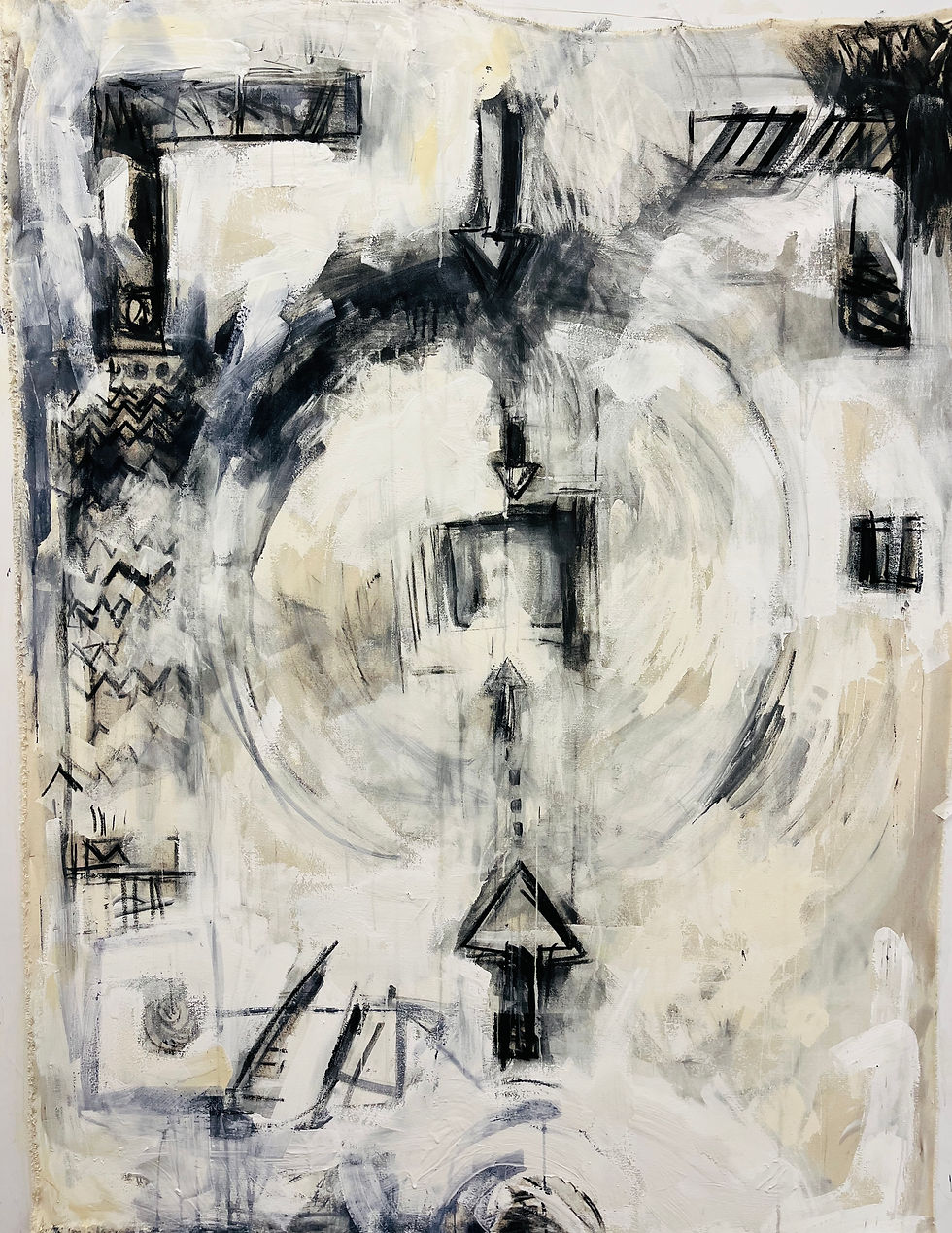Drawing as a Way Back In
- Jill Boualaxai
- Aug 20
- 2 min read
Updated: Aug 21
Between being an artist, a tutor, a curator, and running Look and Draw, there are whole stretches where I don’t get to make anything. And when that happens, I feel it. I get stressed, foggy, out of sorts. Summer is one of the rare moments when the pace of the studio slows. Without constant deadlines or projects, there’s more space to notice things — and for me, that often means returning to drawing.

I think of drawing as a way to think on paper. Not an illustration of movement, but a trace of thought — a record of the looking, adjusting, and circling-around that happens when you stay with something for a while. A drawing isn’t just a picture of something; it’s a record of the time spent with it. The speed or slowness of a line holds a trace of the moment it was made — sometimes tentative, sometimes urgent and searching.
It’s not about rendering something “correctly.” The value is in staying with the process — looking, responding, adjusting, and allowing for repetition, layering, and interruption. Over time, those marks become their own record of thought and attention.

Often I work from objects I’ve collected — fragments, found things, overlooked details. Sometimes they feel less like subjects and more like collaborators, nudging the drawing in unexpected directions.
Objects carry their own histories into the work
Other times, the focus is simply on the mark itself: the drag of charcoal across paper, the bite of pastel, the faint smudge left by a fingertip. Drawing isn’t only a step towards making something else — it’s an action in its own right. A rhythm. A way of reconnecting with your own way of looking.

If you’ve had a pause in your making, maybe try starting small: pick up something close to hand — a coin, a key, a stone — and draw it without worrying about accuracy. Notice its edges, its shadow, its worn-down places. Let the drawing be the record of that looking.
That’s my plan for the next few weeks: not to produce finished pieces, but to give time to fragments, traces, and the act of drawing itself — as a way back in.
If you’d like to read more of my personal reflections on drawing and how they connect to recent projects, you can find them on my artist blog.









Comments